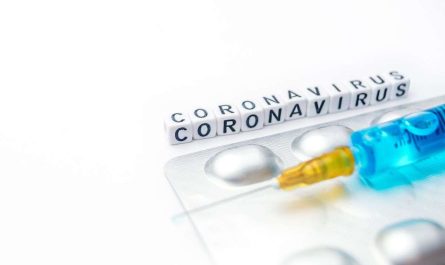
Physical Examination
A physical examination is one of the first diagnostic tests performed by a doctor to evaluate symptoms of rheumatoid arthritis. During the exam, the doctor will inspect and feel the joints for signs of swelling, warmth, tenderness or restriction of movement. The hands, wrists, elbows, shoulders and feet are areas commonly affected by rheumatoid arthritis and will be examined closely. Looking for symmetrical involvement of the same joints on both sides of the body can indicate rheumatoid arthritis versus other conditions. The physical exam helps determine which joints are inflamed and how much damage may have already occurred.
Blood Tests
Several common blood tests are used to help diagnose rheumatoid arthritis and determine disease activity levels. The erythrocyte sedimentation rate (ESR) and C-reactive protein (CRP) tests measure levels of inflammatory proteins in the blood. Elevated ESR and CRP levels often coincide with periods of increased disease activity in rheumatoid arthritis. The rheumatoid factor (RF) test looks for antibodies that are present in around 80% of patients with rheumatoid arthritis. However, a positive RF test is not specific to rheumatoid arthritis as it can occur in other conditions. Additional blood tests such as complete blood count may identify anemia which can accompany rheumatoid arthritis.
Imaging Tests
Imaging exams provide visual evidence of joint damage from rheumatoid arthritis. Plain x-rays are often the first type of imaging used to detect bone erosions and narrowing of joint space in affected areas. X-rays become more useful for diagnosis after the disease has been present for several months. Magnetic resonance imaging (MRI) and ultrasound are sometimes used as they can detect early signs of inflammation in soft tissues around joints, sometimes even before visible changes on x-rays. MRI is also helpful for detecting inflammation in areas like wrists and hands that are difficult to examine by physical exam alone. Imaging tests are important for monitoring progression of structural damage over time with rheumatoid arthritis.
Synovial Fluid Analysis
When joints are excessively inflamed, doctors may perform arthrocentesis to remove and examine synovial fluid. Synovial fluid bathes joints and provides lubrication. In rheumatoid arthritis, the synovial fluid contains inflammatory cells, proteins and cytokines released during the autoimmune process. Looking at synovial fluid under a microscope can identify inflammatory cells like lymphocytes that are seen with rheumatoid arthritis but not usually other conditions. Synovial fluid analysis corroborates other diagnostic tests and provides information about disease activity at a microscopic level in target joints.
Putting It All Together
No single rheumatoid arthritis diagnostic test definitively confirms or rules out the disease. Combining physical exam findings, blood test results, imaging studies and synovial fluid analysis (if done) allows rheumatologists to evaluate the evidence comprehensively. The assessment incorporates criteria like the symmetrical involvement of multiple joints, abnormal laboratory markers, morning stiffness lasting more than one hour and exclusion of other possible diagnoses. Meeting a minimum number of criteria items from the American College of Rheumatology/European League Against Rheumatism classification standards helps clinicians determine if a patient has rheumatoid arthritis or another condition with similar symptoms. The diagnostic process aims to catch and treat rheumatoid arthritis as early as possible to optimize long-term outcomes.
Overall, Combining the results provides valuable information to determine if a patient meets classification criteria for rheumatoid arthritis versus alternative diagnoses. Catching the disease early allows treatment to begin with the goal of controlling symptoms, preventing permanent joint damage and disability from rheumatoid arthritis long term.



